Parking Information
To ensure the safe flow of traffic at all times, Rangers monitor parking throughout the district, focusing on safety around our schools and CBD.
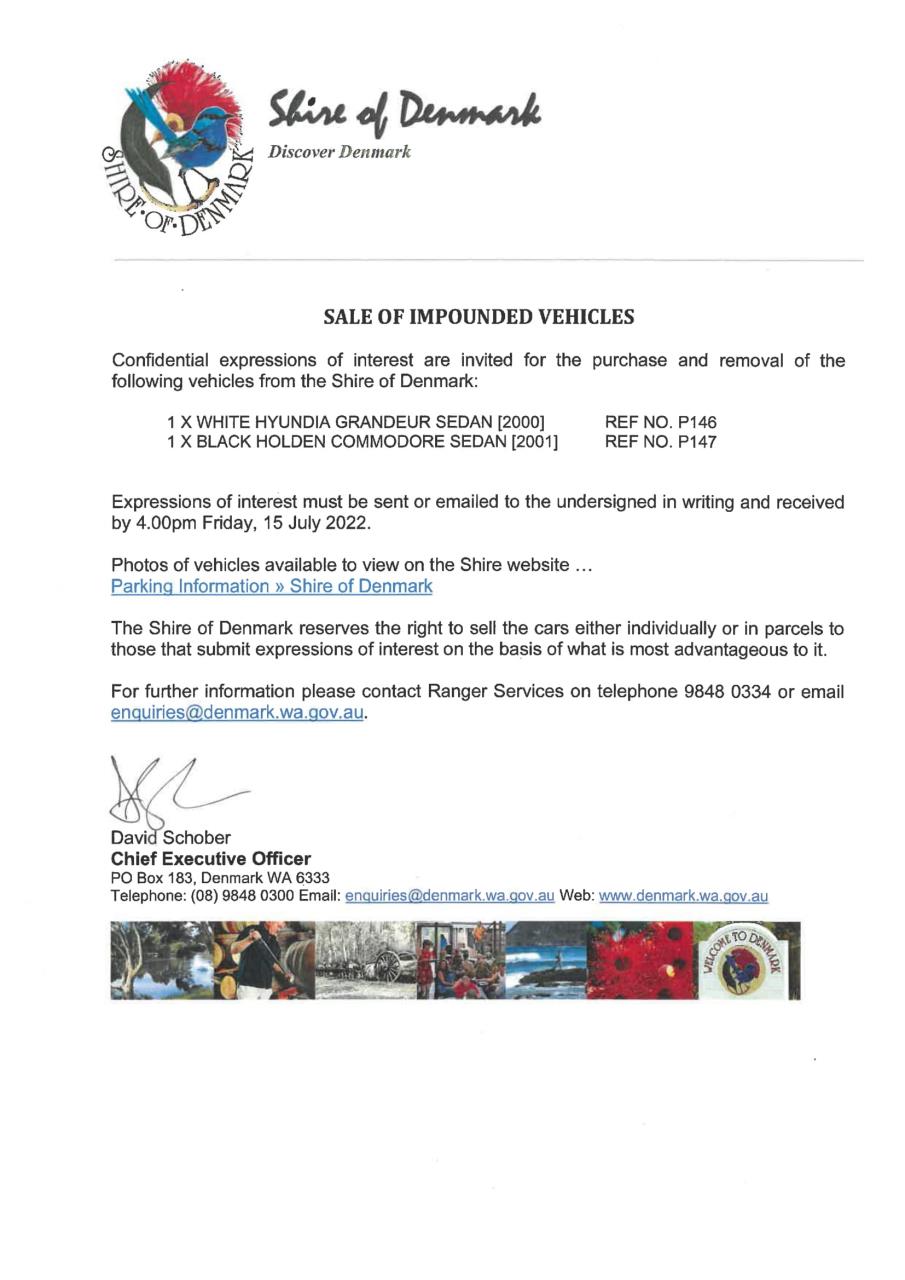

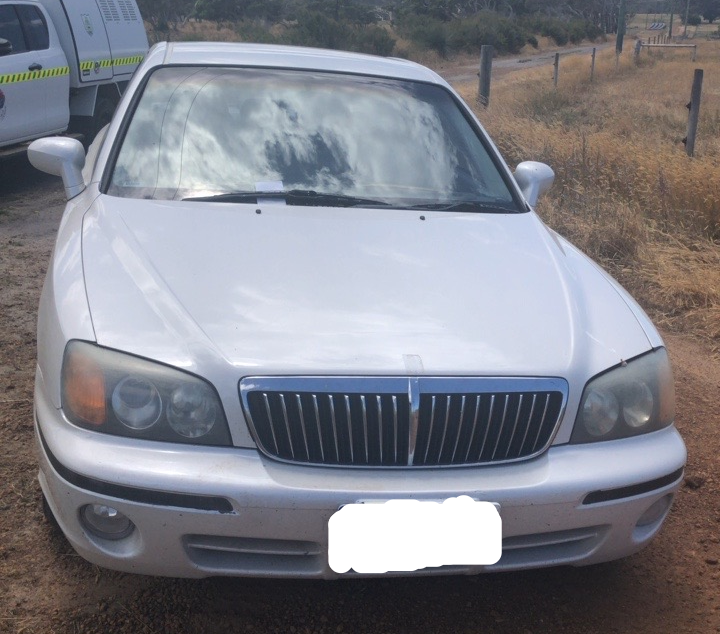
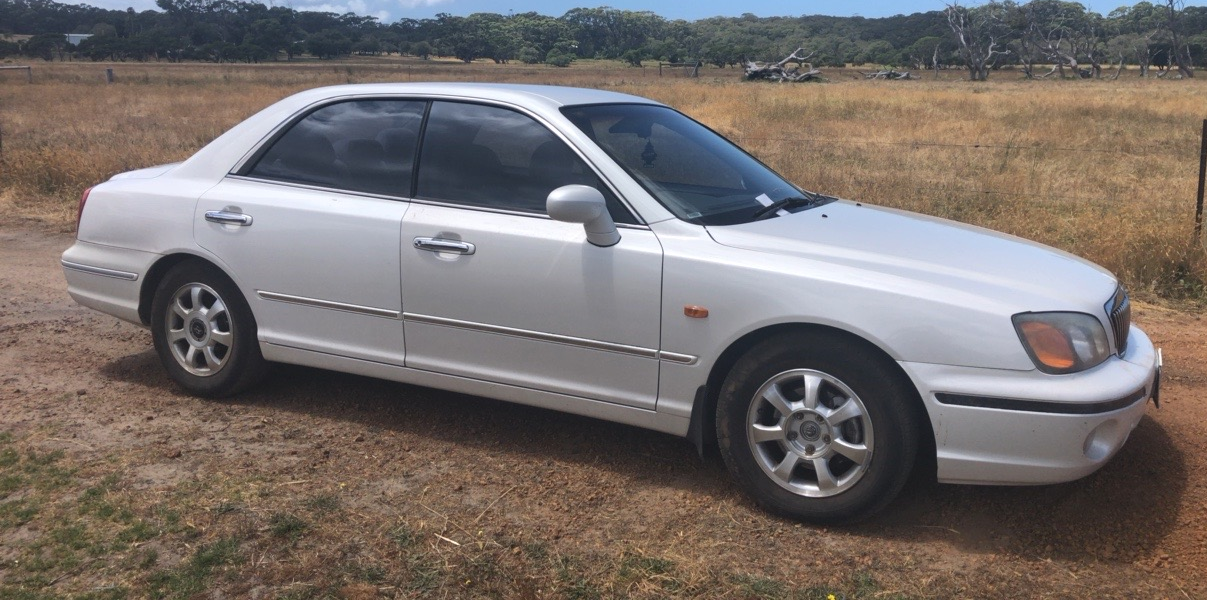
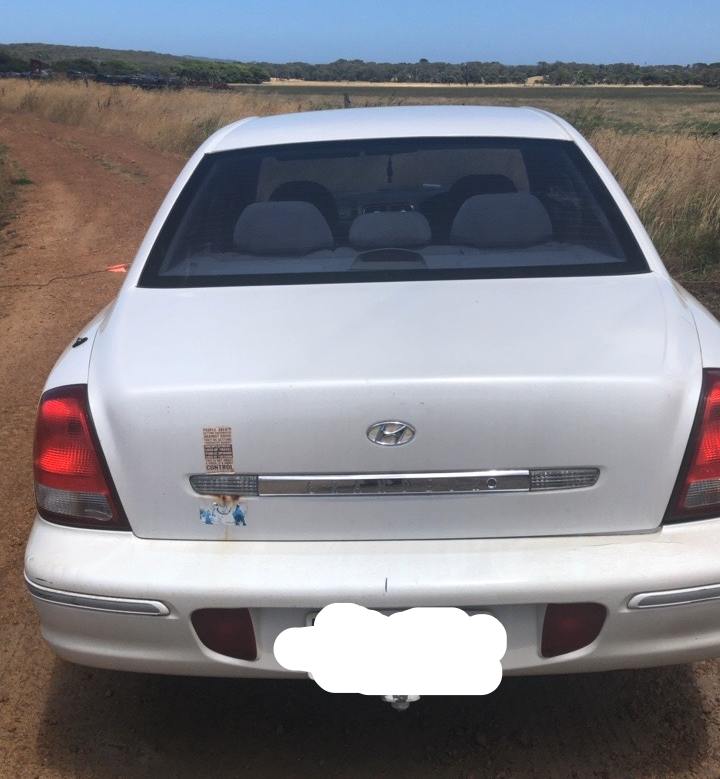
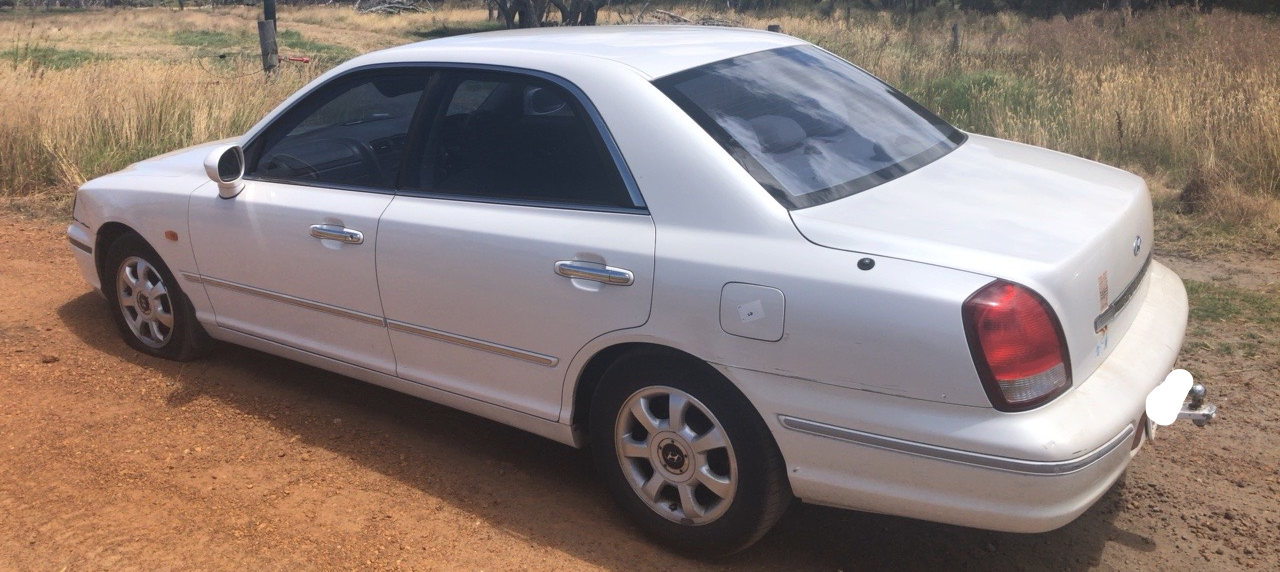
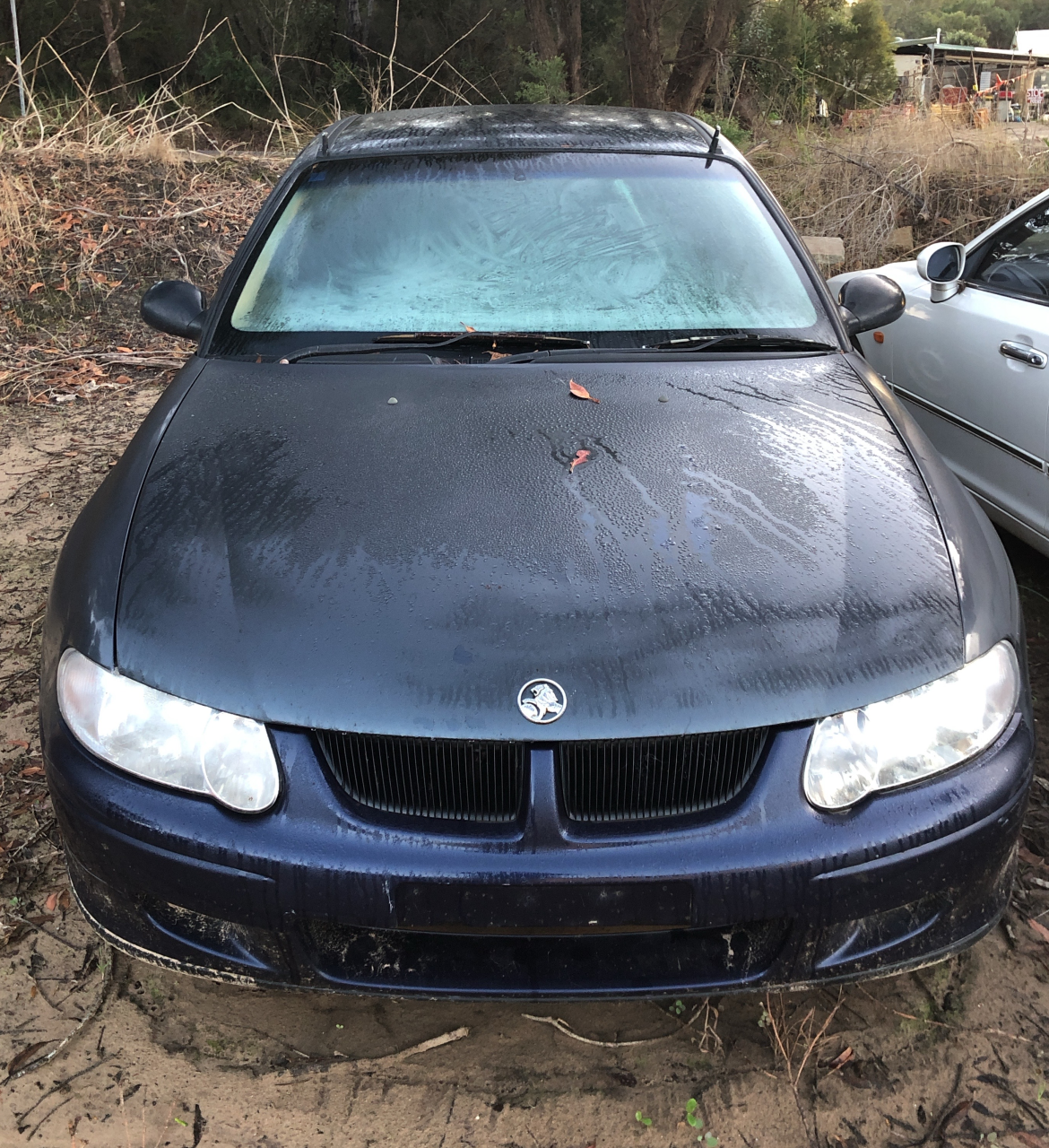
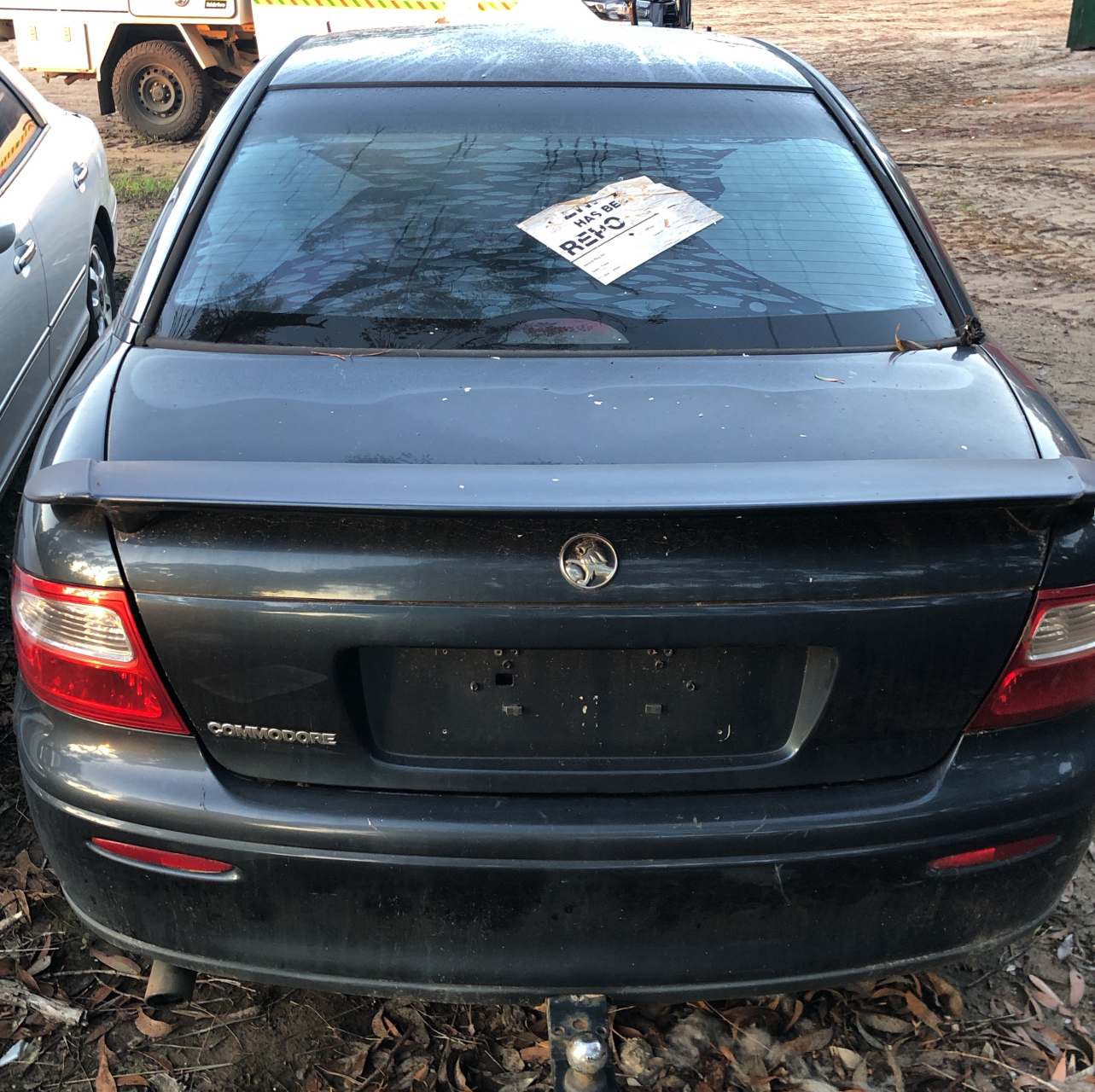


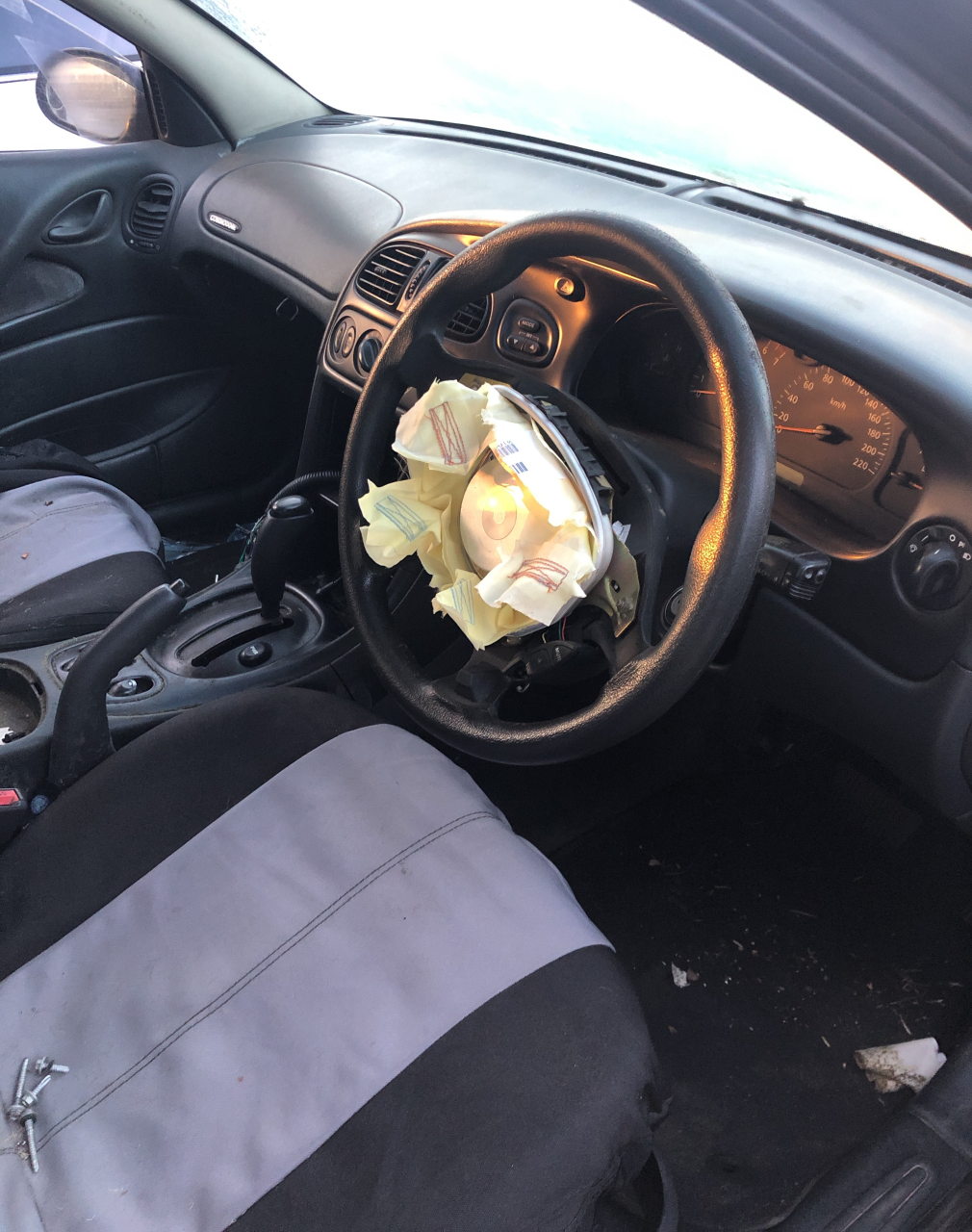
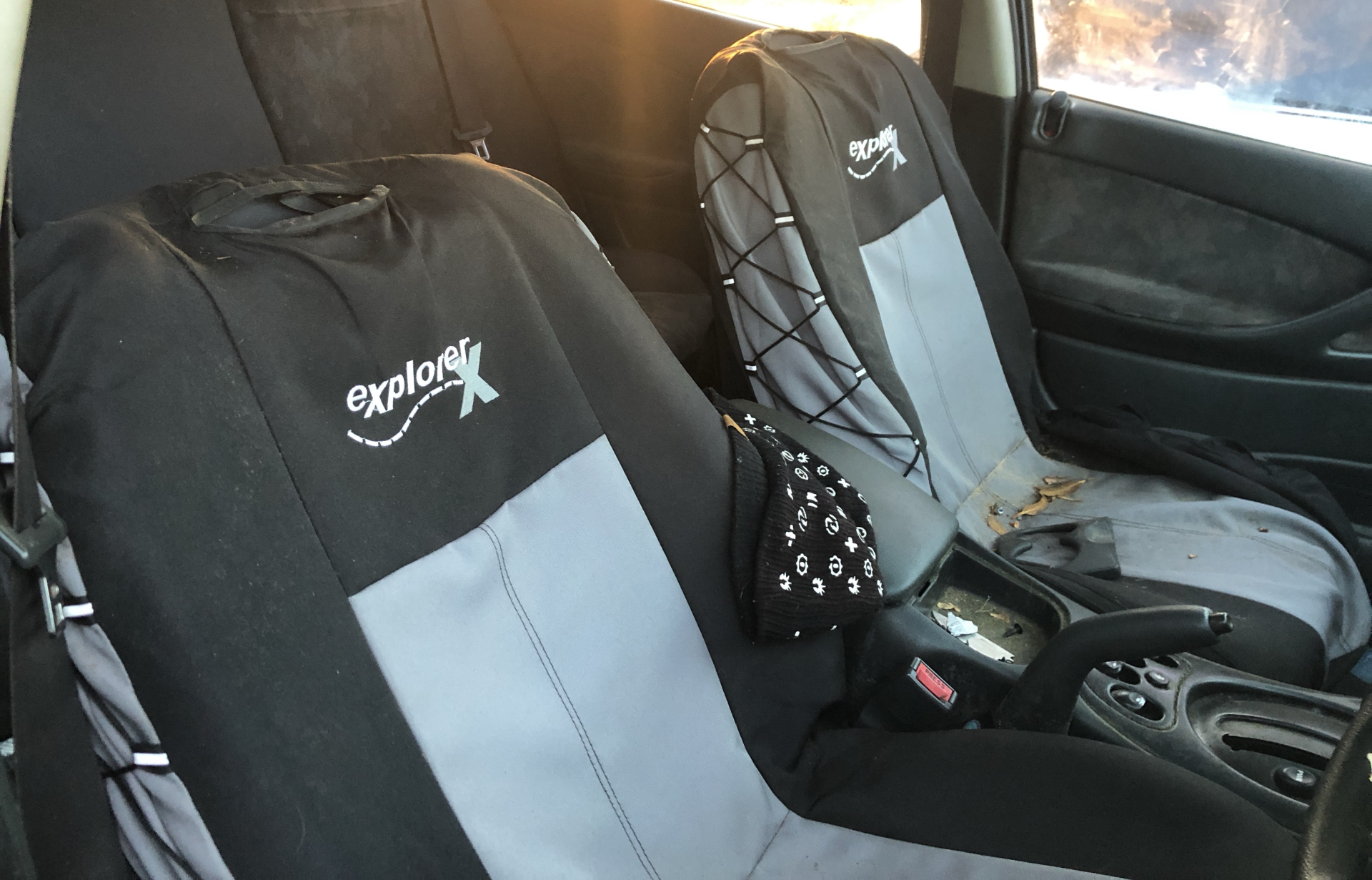
Abandoned Vehicle
Vehicles that have been abandoned and removed by the Shire of Denmark are placed in our vehicle impound facility.
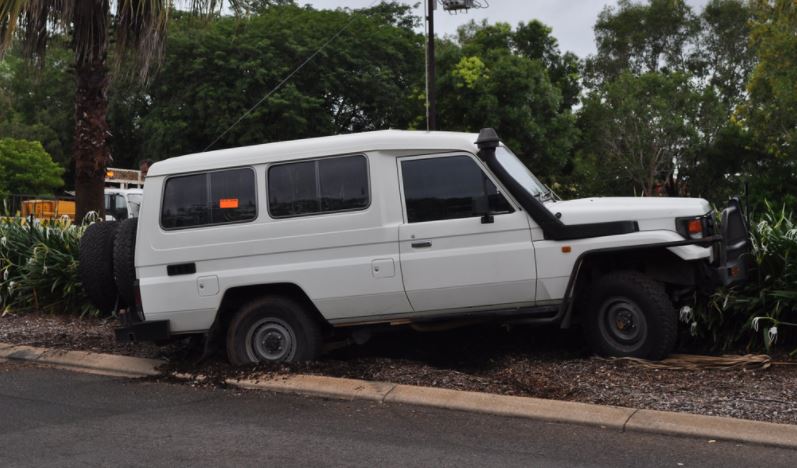
To find out if your vehicle has been impounded, please contact the Shire Ranger Services on (08) 9848 0300 (option 2)
In the event of a vehicle(s) not being claimed by the owner within two months of impounding, Council may arrange for the disposal by public auction or tender.
What can be done if I see an abandoned vehicle?
The details of the vehicle and location can be reported to the Shire of Denmark's Ranger Services via our online form or by phoning on (08) 9848 0300 (option 2)




ACROD Parking
ACROD parking bays are reserved for people with disabilities that have a valid ACROD permit.
These parking bays are placed in the most convenient locations and as such are preferred parking spots.
Regardless of how long you intend to park and whether other ACROD parking is available, non-ACROD permit holder's are prohibited unconditionally from parking in these bays.
Disabled parking sign / road marking
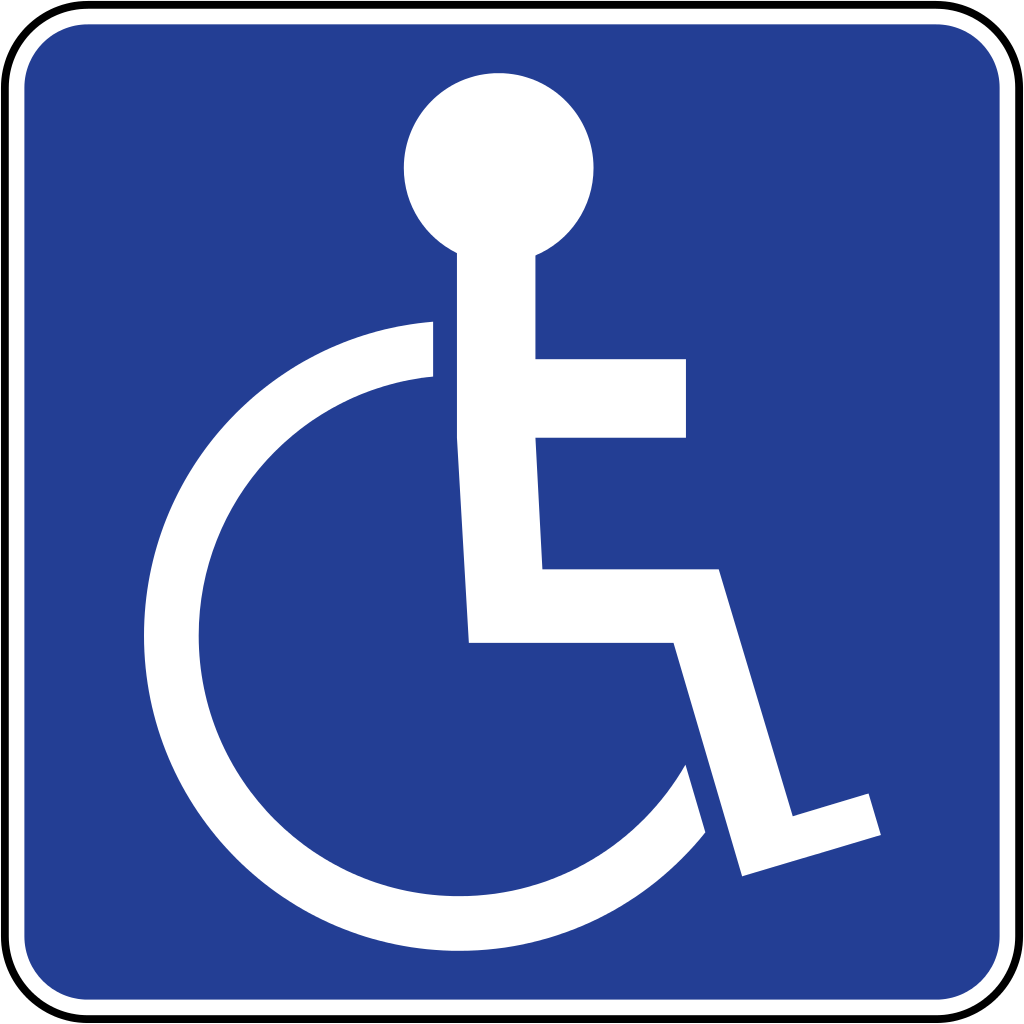
Footpaths
Footpaths provide pedestrians with a safe alternative to walking on roads. Parked vehicles blocking any portion of the footpath, including the crossover (where your driveway and the footpath meet), pedestrians may be forced onto the road. This can be both frustrating and dangerous for pedestrians, especially those with prams, people with disabilities and young children.
No portion of a parked vehicle is permitted to be on, over or in front of a footpath.
No Stopping
No Stopping areas can be defined by signage or a continuous yellow line painted along the edge of a carriageway. A driver shall not stop on a length of carriageway, or in an area, to where no stopping restrictions apply.
Vehicles may only stop in these zones to comply with other regulations (for example to avoid an accident). Drivers are also not permitted to drop off passengers/goods in 'No Stopping' areas.
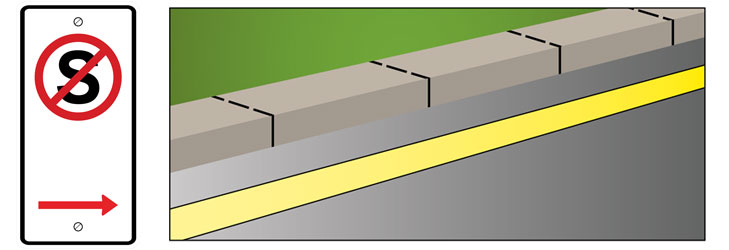
No Parking
A driver shall not stop on a length of carriageway or in an area to which a 'No Parking' sign applies, unless the driver:
- is dropping off, or picking up passengers or goods; and
- does not leave the vehicle unattended; and
- completes the dropping off or picking up of the passengers or goods within two minutes after stopping
Verge Parking
Trucks, trailers, caravans and buses cannot be parked on verges, regardless if the driver is the occupier of the property.
To park on a street verge or nature strip, permission from the owner or occupier of the property immediately adjacent to the verge must be given. Signage may be installed by the Shire to restrict or prohibit verge parking and must be adhered to regardless of whether permission by the owner or occupier has been given. These signs apply to all drivers including those of the adjoining residence.
Facing the "Wrong Way"
Parking against the flow of traffic is illegal in Western Australia and can be hazardous, particularly when exiting from the parking place.
At all times you are required to park or stop your vehicle so it faces the same direction as the flow of traffic.
Median Strip Parking
Median strips are used to divide traffic flow and enhance safety on busy roads. Vehicles are not permitted to park or stop on any median strip regardless of whether signs have been installed.
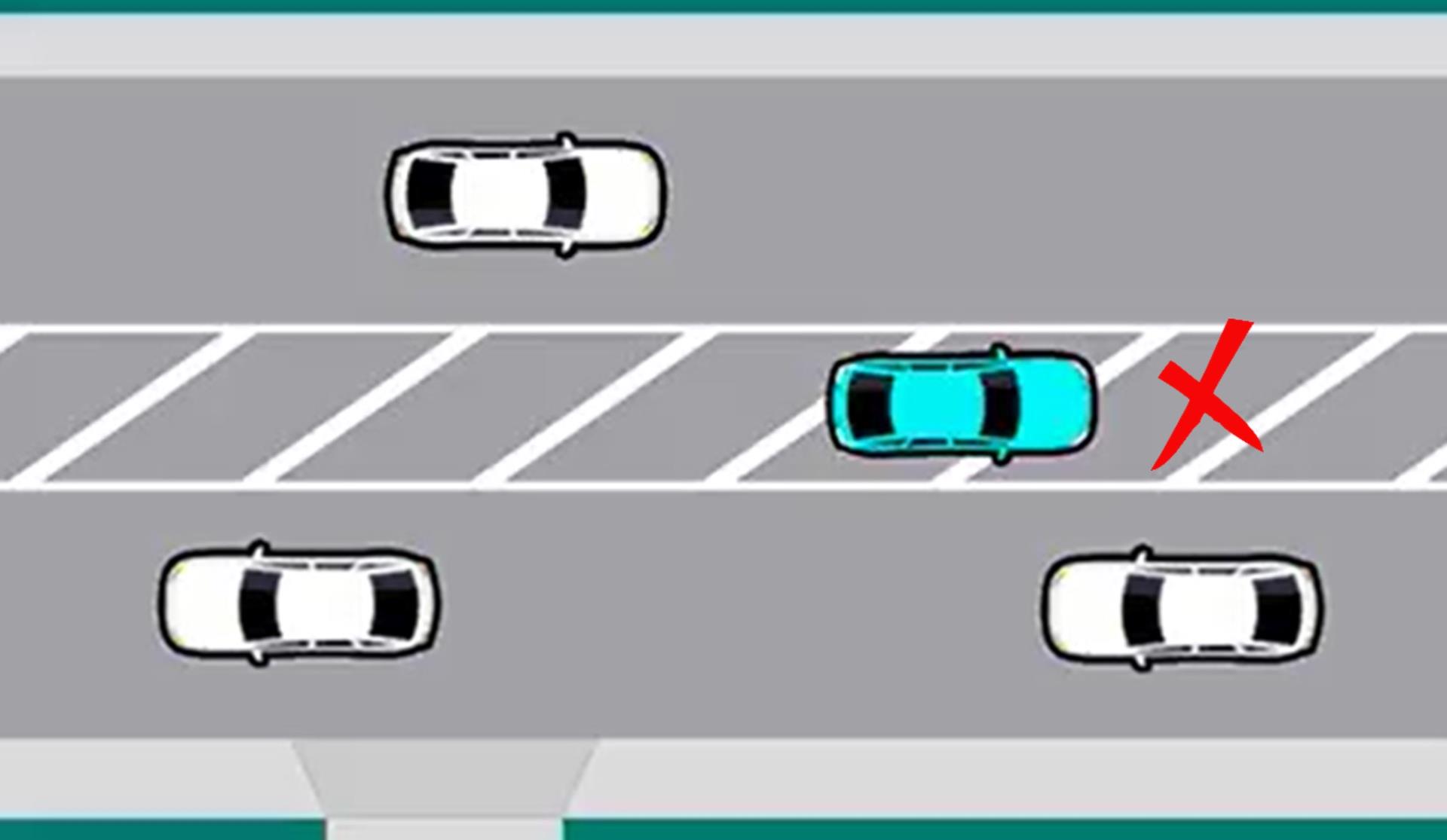
Parking Areas / Bays
- When parking a vehicle in a thoroughfare or parking area, the vehicle must be parked wholly within a bay.
- Where the parking bay is set out parallel to the kerb, the vehicle must be parked as close to the kerb as is practicable and also be facing the direction of the movement of the traffic on the side where the bay is situated.
- If a vehicle is too long or too wide to fit completely within a single parking bay, the vehicle must be parked within the minimum number of parking bays required to park the vehicle.
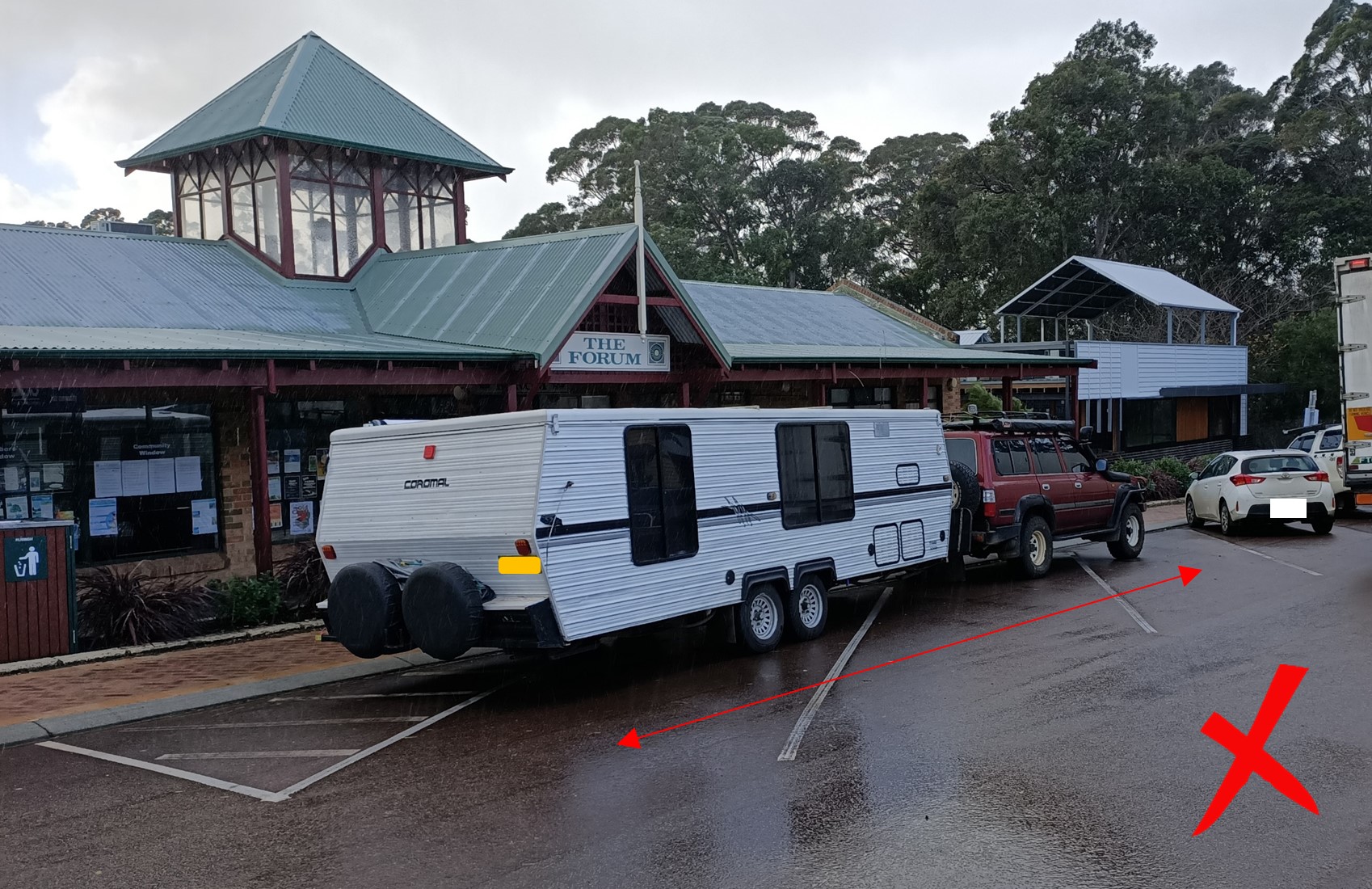
Obstructing Access to a Driveway
A driver shall not stop a vehicle so that any portion of the vehicle is in front of a path and/or driveway crossover in a position that obstructs access by vehicles or pedestrians to or from that path.
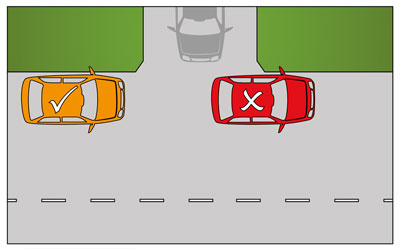
Loading Zones
Loading bays are sign posted and marked by yellow lines (either continuous or dashed) and are reserved for commercial vehicles that are engaged in the pick up or setting down of goods. Commercial vehicles must not remain in that loading zone for longer than a time indicated on the 'loading zone' sign or for longer than 30 minutes if no time is indicated on the 'loading zone' sign.
Commercial Vehicle Parking
Stopping on a carriageway - heavy and long vehicles
Unless engaged in the picking up or setting down of goods a person must not park on a carriageway, for any period exceeding one hour, a vehicle or any combination of vehicles that is 7.5 metres or more in length or exceeds a GVM of 3 tonnes (including any projection or load).
Commercial vehicles parking on a verge
Commercial vehicles may park on a verge provided that no obstruction is caused to the passage of any vehicles or person using a carriageway or path.
The commercial vehicle must also be actively engaged in loading or unloading goods to the premises adjacent to the verge on which the vehicle is parked.
If the verge has restrictive signs installed, the signage must be adhered to.
Commercial vehicle means:
- a motor vehicle constructed for the conveyance of goods or merchandise, or for the conveyance of materials used in any trade, business, industry or work whatsoever, other than a motor vehicle for the conveyance of passengers; and
- includes any motor vehicle that is designed primarily for the carriage of persons, but which has been fitted or adapted for the conveyance of the goods, merchandise or materials referred to, and is in fact used for that purpose
Off-Road Vehicles
The Control of Vehicles (Off-road Areas) Act 1978 (WA) defines an off-road vehicle as any vehicle which is not: licensed; deemed to be licensed; or the subject of a permit granted under the Road Traffic (Vehicles) Act 2012 (WA).
This includes any vehicle that is not primarily designed for on-road use, such as: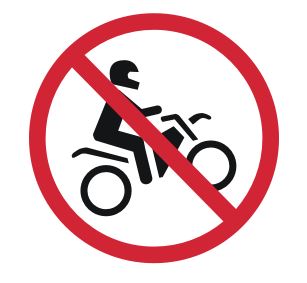
- All-terrain vehicles.
- Forklifts and mobile plant.
- Golf carts.
- Non-compliant tractors.
- Non-compliant utility vehicles.
- Motorbikes and Quad bikes.
All unlicensed off-road vehicles which are used in the areas covered by the Control of Vehicles (Off-road Areas) Act 1978, must be registered with the Department of Transport.
Off-road vehicles are only permitted, if licensed with the Department of Transport to travel along designated 4wd off-road areas, unless signage is present prohibiting motorbikes / quad bikes.
Off-road vehicles are NOT PERMITTED on Shire reserves, walk trails or paths without a permit.